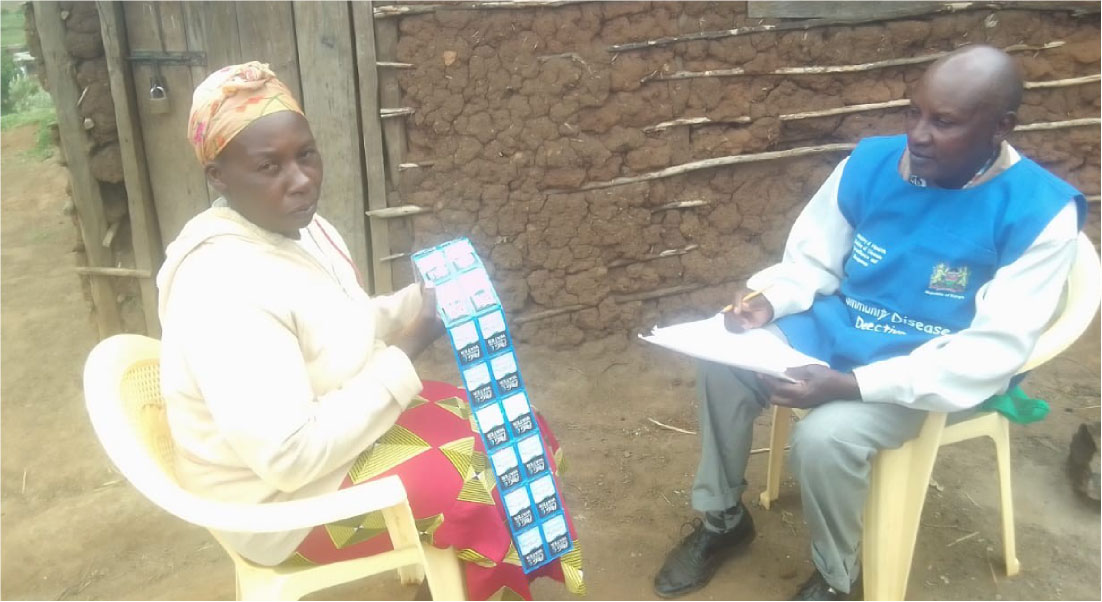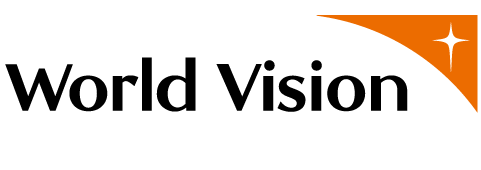Third Term Project: Gilgil Sub-County, Nakuru County, Republic of Kenya
Landscape of Kiambogoko region

Support project outline
| Location | Kiambogoko, Gilgil Sub-County, Nakuru County, Republic of Kenya |
|---|---|
| Target population | 34,643 (direct beneficiaries: 13,035; indirect beneficiaries: 21,608) |
| Term | June 2023 to May 2026 |
| Budget | 20 million yen (first fiscal year) |
| Partner | World Vision Japan (a specified non-profit corporation) |
Project location
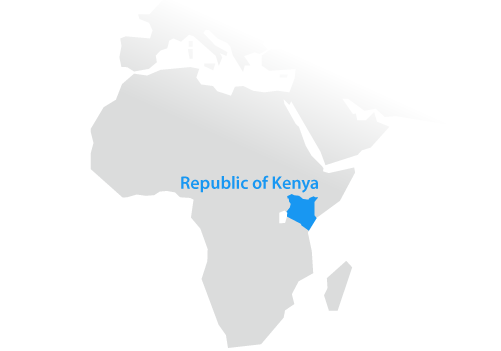
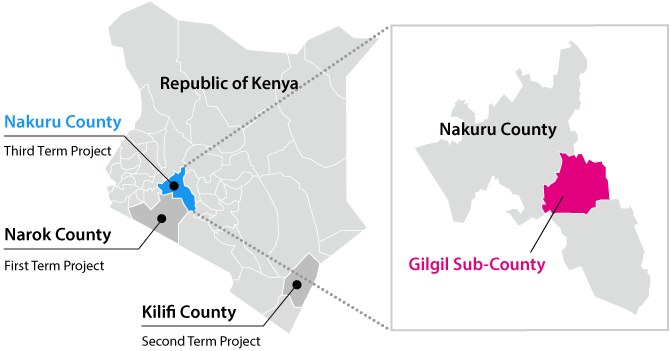
Nakuru County is one of the most populated areas in Kenya and is home to various ethnic groups. Many of the residents in the support area are small-scale farmers. When the rainless season lasts on, some residents may move to neighboring communities in search of employment.
Healthcare issues for mothers and children in Kiambogoko
Concentration of patients at a particular health facility (Insufficient capacity)
Households with latrine
24%
Households getting water from improved water sources
9%
Lack of resources for community health in the county government
Crowded health center
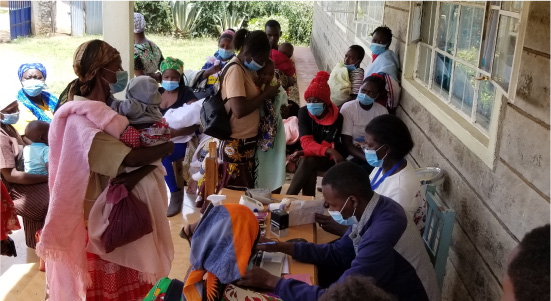
Water with high turbidity in the pond
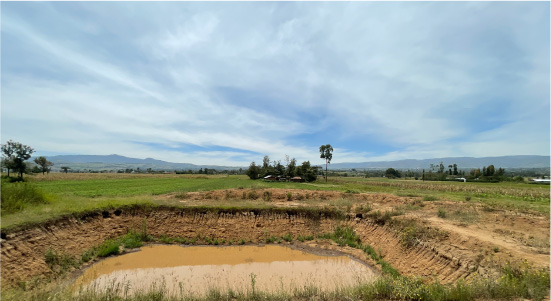
The support area has problems such as a delay in infrastructure development for health facilities and crowded of patients at one health center from all over the area. These problems have resulted in the situation where community people are unable to receive sufficient basic medical services when needed.
Other challenges include child nutritional status, such as stunting and underweight, and low access to improved sanitation facilities. Regarding water hygiene, diarrhea in children is also an issue.
Health data (reference values)
| Indicator | Kenya※1 | Kiambogoko※2 |
|---|---|---|
| Antenatal care coverage (four or more times) | 58% | 52% |
| Birth attended by skilled health personnel/Deliveries at health facilities | 61.2% | 82% |
| Full vaccination coverage | 67.5% | 85% |
| Cases of diarrhea among children under 5 years old | - | 1,176 cases |
| Access to improved water | - | 9% |
- ※1Kenya Demographic Health Survey 2014
- ※2World Vision Survey 2021
Health facilities in Gilgil Sub-County and health service levels targeted by this project
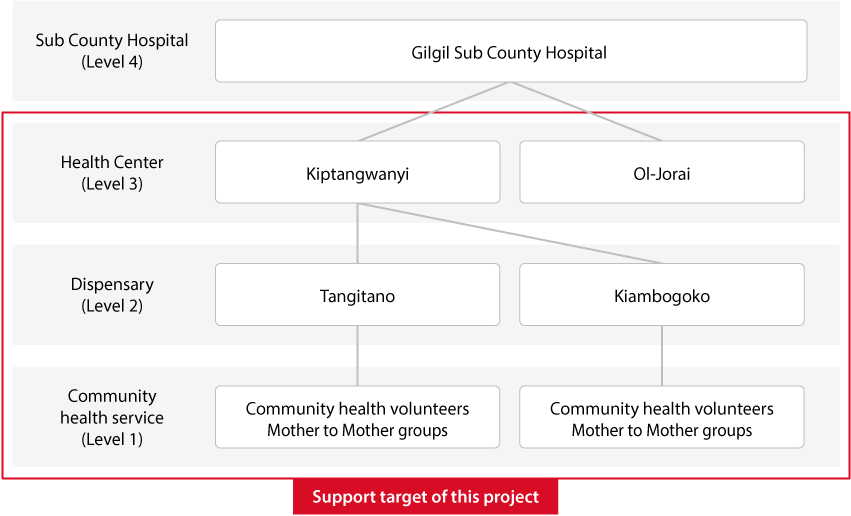
Description of activities
| (1) Improvement of infrastructure | (2) Education and sensitization | (3) Enhancement of the community support system | |
|---|---|---|---|
| Improvement of access to maternal and child health services |
|
|
|
| Improvement of water hygiene |
|
|
|
| Improvement of nutritional status |
|
| Improvement of access to quality healthcare services | This project aims to ensure that people receive basic medical services with peace of mind at nearby health facilities by strengthening the healthcare system for the entire region, centered on two health centers and two dispensaries. |
|---|---|
| Reduction of diarrhea among children | Focusing especially on health facilities and schools in the local communities, we will provide hygiene training and awareness-raising for healthcare workers, Community healthcare workers, and teachers. We will also strive to reduce diarrhea among children by offering better access to safe water. To this end, we will improve water hygiene at health facilities, provide the communities with hygiene education, and promote measures to solve open defecation issues. |
Ongoing activities
Integrated Management of Newborn and Childhood Illness (IMNCI) Training
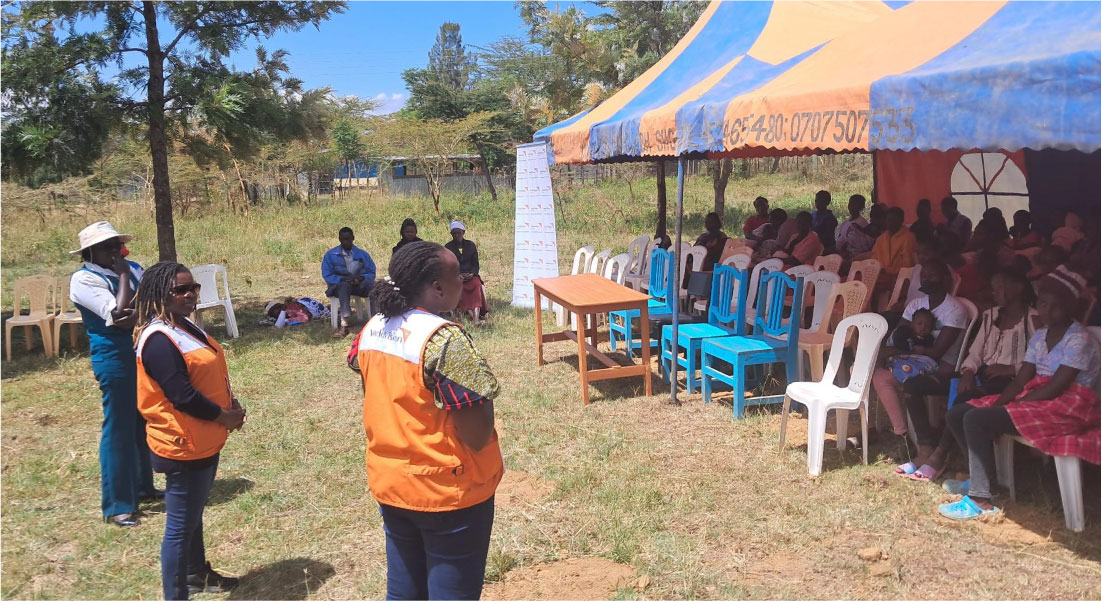
Knowledge and skills training for healthcare workers
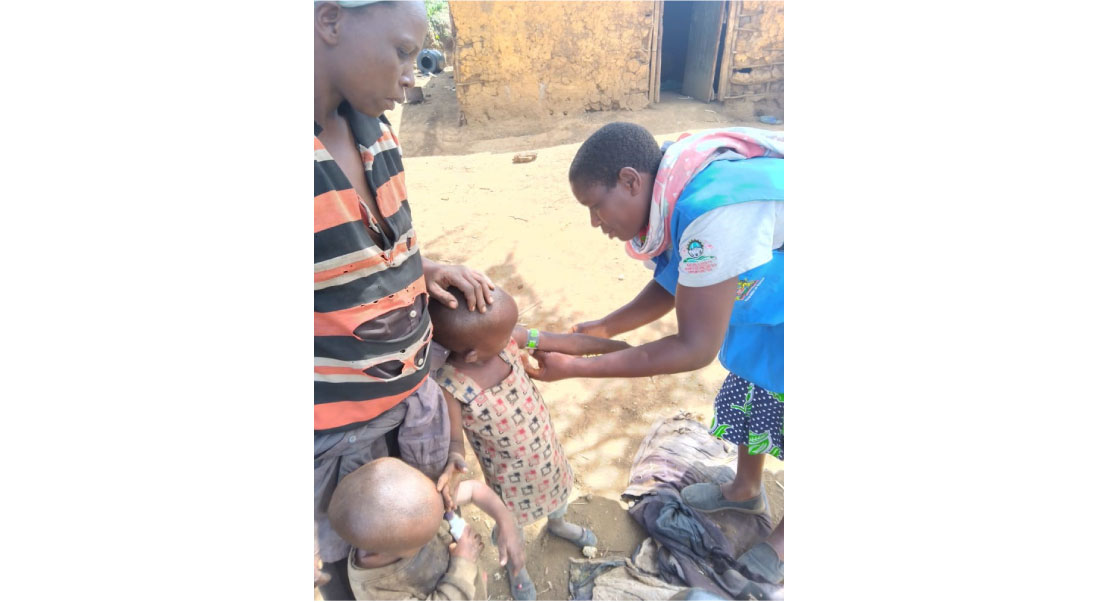
Training for M2M groups
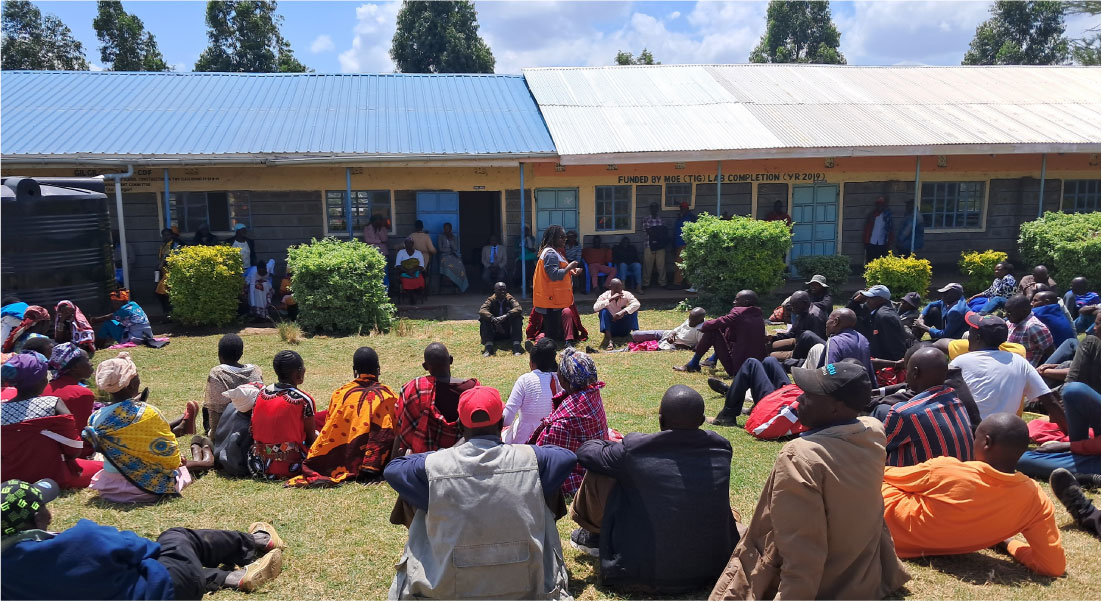
BFCI training for CHVs
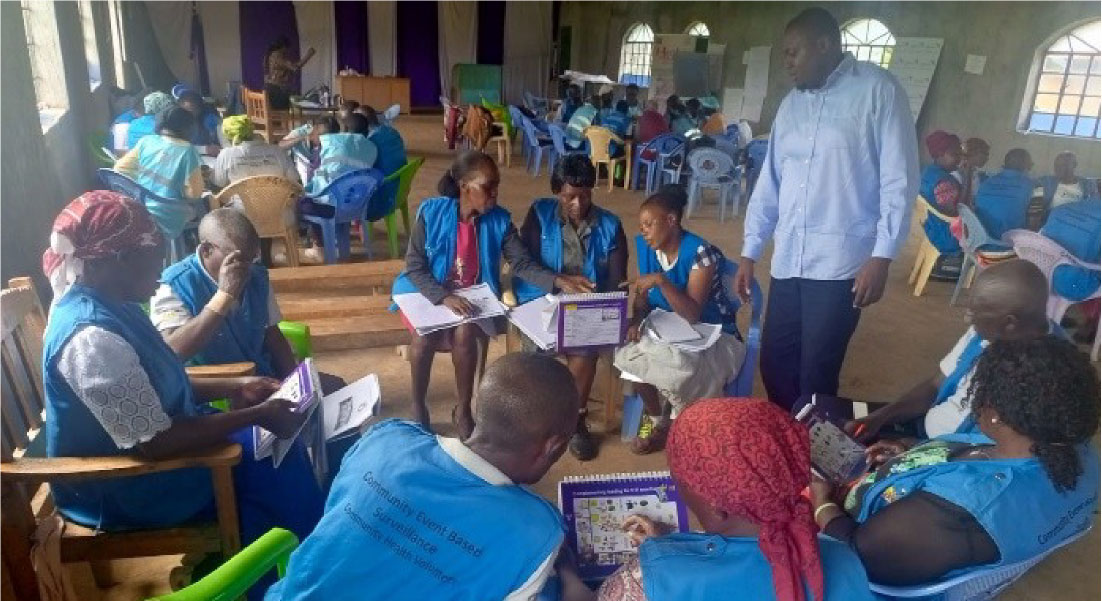
Data management review meeting
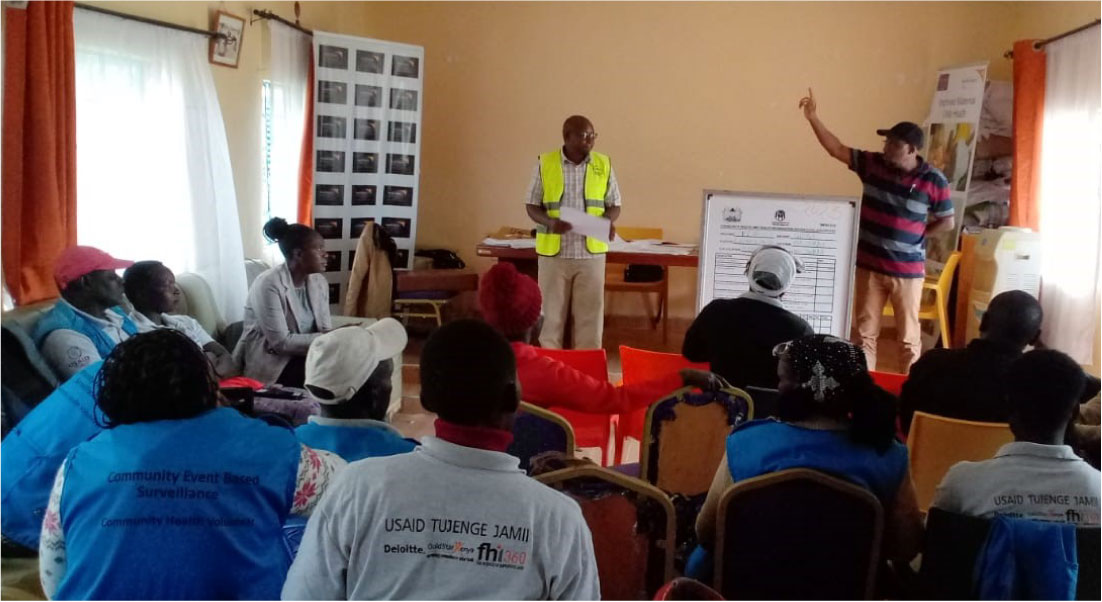
M2M savings group activity
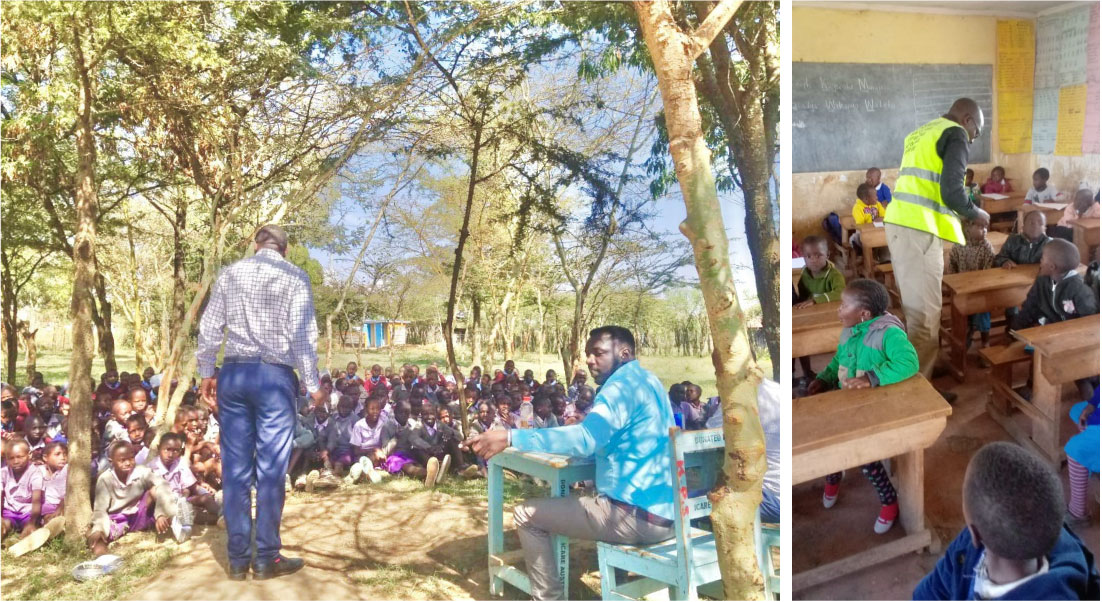
M2M group activity
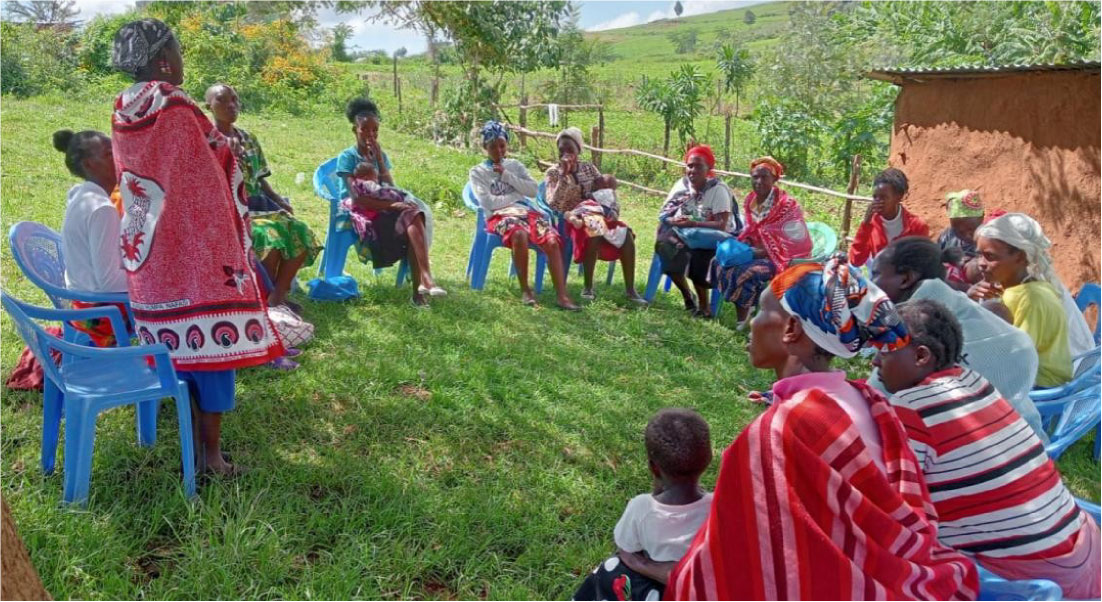
Household visits by CHVs
